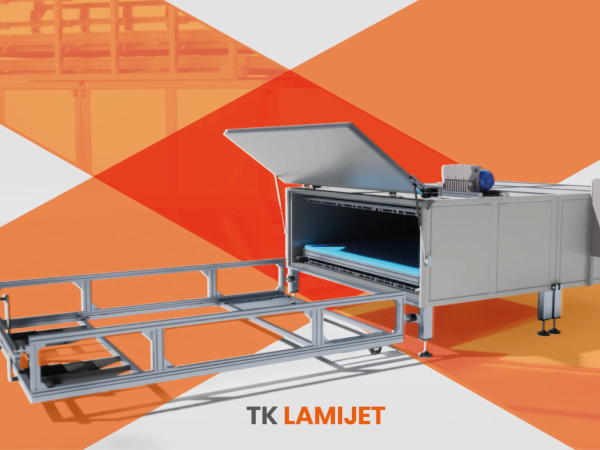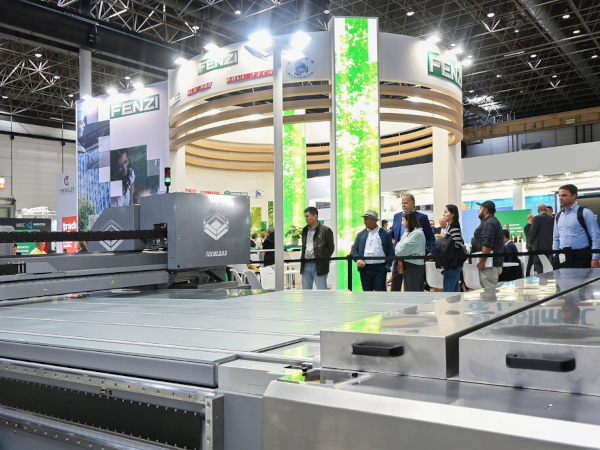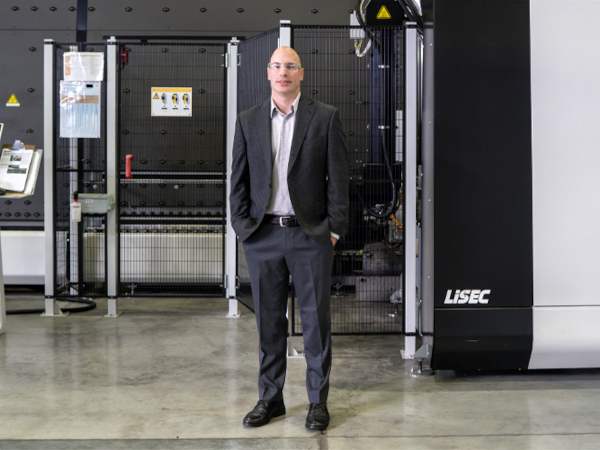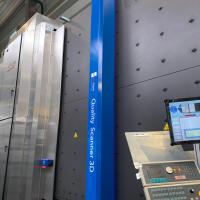Date: 19 November 2015
The main driving force of the project was the new European Legislation which foresee new ambition limit values for NOx: from March 2016 all glass industries in Europe have to comply with new emission limits.The permits of the glass industries in Europe are now under revision and should be updated by March 2016 from the local authority.Glass industries are making a big effort to implement and develop a new technology in order to guarantee the compliance with the new limit values; however the results are not always satisfactory.
Based on the information available at SSV and its project partners, it is confirmed that Primary Measurements, which means modification or optimization of the furnace, are still preferred compared to the secondary measurements which foresee the installation of new secondary abatement systems (SNCR or SCR). It is also confirmed that the new limit values will be for the majority of plant very ambitious and difficult to reach.
Glass industry is indeed involved in exploring the possibility of reducing the emissions of oxides through primary techniques with the purpose of combustion optimization (stage combustion, flue-gas recirculation, adoption of low-NOx burners, changing fuel, new furnace designs, etc..) for several reasons:
– first of all, because the furnace is working and they do not require a significant financial commitment with respect to a secondary abatement system;
– secondly, because, in any case, the optimization of combustion provides useful information for the feasibility study and the design of the secondary system. It is necessary, in order to consider also that these systems, while allowing to obtain high performance in terms of reduction of pollutants emitted into the atmosphere imply significant Cross-media effects.
The main problem is not only the absence of a specific technology able to guarantee in all the cases the compliance, but also the difficulties to guarantee the stability of the emissions below the limit value over the time (aging of the furnace) and/or during the change of production (color or pull change). The complessity of the issue is well demonstrated by the important number of technical articles or oral presentations dealing with the NOx issue and also by the different projects in place in Europe.
Today we have several different techniques that allow us to face the problem of nitrogen oxides containment, which can be used separately or in parallel. It must always be taken in account that in both new and existing furnaces, the first step always consists in an optimization of the current situation, a fine combustion tuning, involving the air/fuel ratio and the setup of burners, which must be performed after any change of working condition: this and the new generations of glass furnaces will not just have to guarantee a good product, they will also have to be extremely reliable on an ambient point of view, and this goal is achievable by the usage of different devices.
In this context, the PRIME GLASS PROJECT maintains its importance as new state of art technology to reduce the NOx emission by primary measurements. The relevance of the project is confirmed by the interest recently demonstrated by some technical NGOs like the ICG (International Commission of Glass) which required a presentation to be added at the ICG webpage and the TC13 which will be updated during the next meeting scheduled in Paris on November 2015.
The second aim of the project is the reduction of the energy consumption. This topic is becoming always more relevant. The glass industry has already made a big effort to reduce the energy needed to produce a final glass article; from the beginning of the 19th century up to nowadays the energy required has been reduced of more than 5 times and it actually reaching the thermodynamic limit. However, the reduction of 1-2 % is still possible by technology able to recover energy from the waste flow gas. This small number in term of percentage means a big reduction in terms of tone of CO2 emitted by the glass industry in Europe.
The importance of the specific topic is well recognized by the new European Roadmap which setup ambitious reduction of the CO2 emitted by the industry. The last documents provide figures suggesting a reduction of at least 30 % by 2030. The reduction of the energy consumptions means also a reduction of the primary raw materials used as fuel (methane or fuel oil), another of the important focus of the European Commission managed by the so call Circular Economy.
It should finally noted that there is not a single solution available for the reduction of NOx emission and for energy saving; the easy things has been already done in the pass. The challenges of the future research is provide different new technologies to improve the situation; the application of different technologies will provide the solution to reach the ambitious reduction required by the European Commission. In this context, the PRIME GLASS PROJECT maintains and confirms its importance.
This project is co-financed by the LIFE financial instrument of the European Union









Add new comment